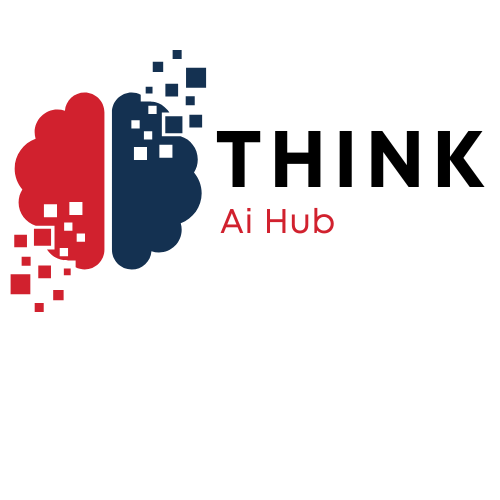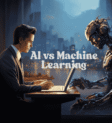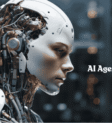AI by 2030: What Powerful Changes Are Coming
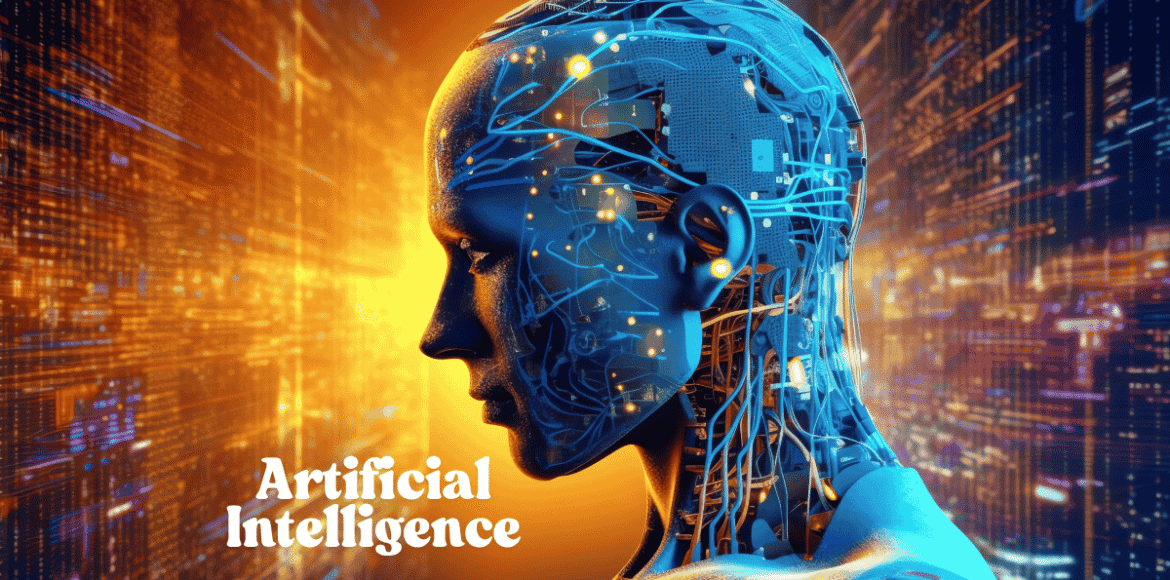
Hello people! How will AI change our daily lives when we reach 2030? Artificial intelligence (AI) is transforming our technology and the routines we follow day to day. By 2025, industries including healthcare and finance will count on AI, thanks to Grok 3 by xAI which shows intelligent reasoning and can work with multiple data types. By the year 2030, AI could accomplish great changes, including almost reaching human intelligence and helping with problems connected to climate and inequality.
Here, we discuss the improvements in AI by 2030, societal changes, ethical issues, and future problems, helping readers understand what to expect in AI by 2030 over the next few years.
Let’s dive in!
Table of Contents
AI Innovations by 2030
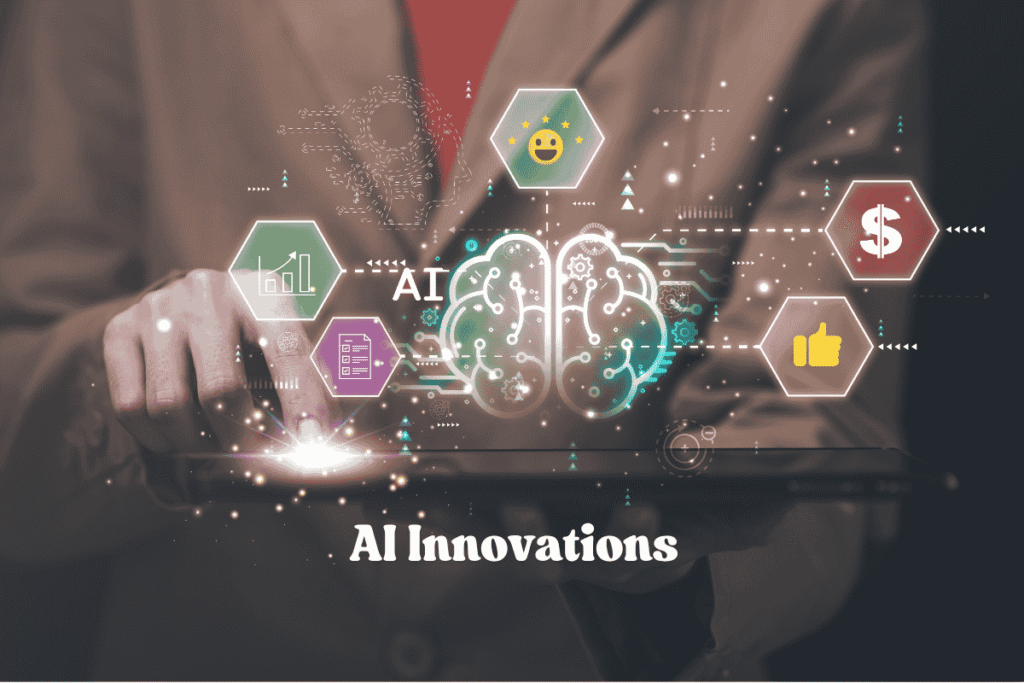
Toward (AGI)
Many experts consider the development of AGI or Artificial General Intelligence, a major aim for AI by 2030. Today’s AI does well in languages or images, but AGI would be skilled at reasoning and could work in diverse domains. Among others, xAI, DeepMind, and Anthropic expect AGI to become possible within years to come, helping AI resolve multi-faceted and challenging problems. AGI could plan and build smart cities, manage cross-country delivery systems more efficiently, and boost the pace of scientific breakthroughs faster than we can now.
Multimodal AI Shift
In the years until 2030, AI systems that handle text, images, audio, and sensory information will be found everywhere. By using multiple formats, these systems can smoothly join humans with AI. Imagine having an assistant on your phone that examines your environment using the camera, recognizes verbal directions, and gives appropriate guidance, for instance, to a person moving through a forest or in the kitchen making a recipe. An AI by 2030 system that works with several modes will drive new AR and VR services, changing the way we learn, play, and work.
Quantum AI Potential
The field of quantum computing will significantly speed up AI in just ten years. Unlike classical computers, quantum systems use quantum mechanics to process huge amounts of data quickly. Such advances may improve how machines handle optimization, search for new drugs, and observe climate changes.
As an example, quantum AI can help create new medicines by examining how molecules act and collaborate or by designing optimized renewable energy methods. At the same time, quantum AI can be hazardous because it might crack today’s encryption schemes, so research into quantum-resistant cryptography is necessary.
Edge AI Systems
More IoT devices will increase the use of edge AI, in which calculations take place on nearby gadgets instead of on big central servers. Edge AI is projected to run autonomous vehicles, smart houses,s, and health wearables by 2030, lowering the lag in data transfer and keeping data safer. Because of new developments like blockchain, AI resources will be kept secure and can now be shared by many without central control. With these systems, both small businesses and people could become more competitive and independent from major technology companies.
Industry Transformations
Healthcare Revolution
Artificial intelligence will play a major role in healthcare over the next decade. With advanced diagnostic systems, doctors will use images, genetic testing, and information about patients to detect any signs of cancer or degenerative brain diseases before they become major illnesses. Precision medicine based on AI will give patients treatments that are matched to their genes and may help them by improving how they feel and recover.
With the help of AI, robots will carry out minimally invasive procedures with great accuracy and AI will make healthcare available to people in underserved regions through telemedicine platforms. Still, providing these technologies to everyone is crucial to stop a further increase in world health inequalities.
Smart Mobility & Autonomy
Over the next five years, automated vehicles will enter mainstream use within the transportation sector. Reliance on AI will ensure that self-driving cars, trucks, and delivery drones cause fewer accidents because of mistakes humans make. AI will improve traffic management, help ease crowded roads, and cut back on air pollution in smart cities.
An instance would be AI organizing electric cars in a way that makes city transport more smooth. Even so, challenges such as laws, cyber protection, and building trust are necessary for Blockchain to be safe to use.
Personalized Learning
The use of AI is thought to expand the possibility for students to use personalized learning. By 2030, AI systems will be capable of modifying a student’s curriculum and adjusting the lessons and their rate, thanks to current data. Shortly, students may use virtual reality and artificial intelligence to understand history, do experiments, and practice skills safely.
As an illustration, doctors in training can practice digital surgery, and learners in history class can travel mentally back in time. Even so, those who deal with the digital divide may not have access to these tools, so it is important to put together policies that include everyone.
Education and Entertainment
Artificial intelligence will influence how content is developed by the entertainment industry. By 2030, AI could bring together a script, images, and music to create entire movies that follow a person’s tastes. Innovation in music and art will result from creators working with AI and AI in games will guarantee everyone a unique experience that fits their choices.
Still, because of AI, there has been discussion about violating writers’ copyrights, mixing up real and artificial material, and seeing too many digital creations taking over creative fields.
Societal Impacts
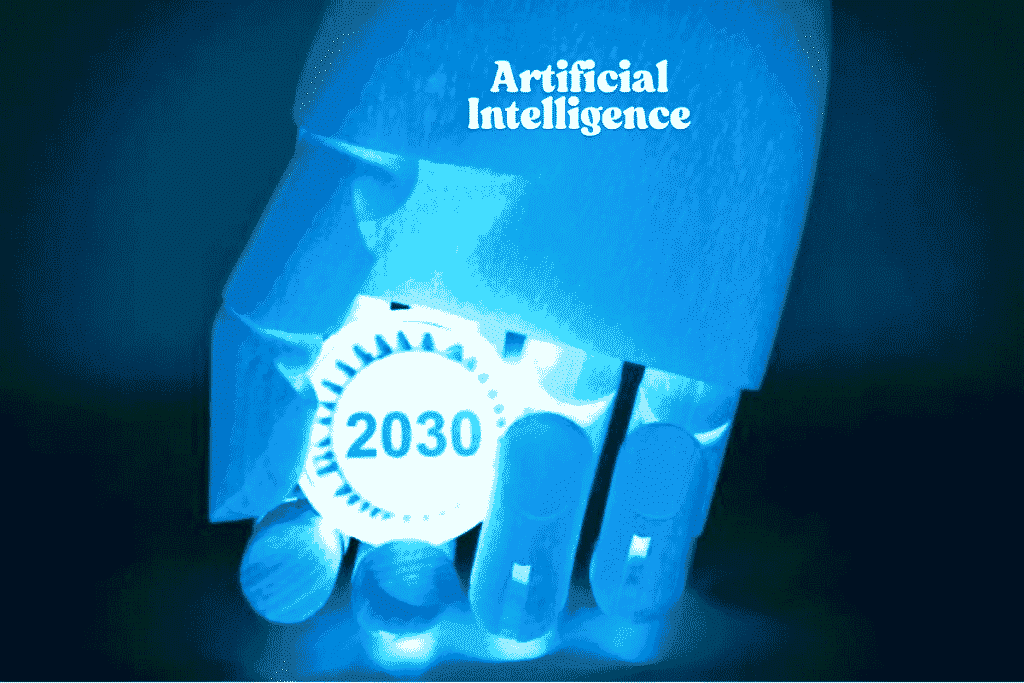
Workforce Evolution
Automation and assistance will be present in most workforces by 2030 due to AI. There is a good chance that manufacturing, logistics and retail sectors could change a lot, as it is thought that as many as 30% of current jobs could be taken over by automation. Despite this, artists, ethicists, and supervisors will begin appearing, all needing to focus on creativity, understanding emotions, and reasoning.
The need for reskilling will grow as AI develops in the economy and organizations and governments will support training by investing in education for everyone.
Economic Disparities
AI could be helpful for the economy, but it might also make inequality worse. By the year 2030, AI-based progress and output could make developed regions in North America, Europe, and Asia pull farther ahead of developing areas. Big companies with lots of data and computing power often control the AI industry, leaving smaller firms aside.
This problem can be solved with open-source AI and international teamwork which allow more people to access AI, promoting equal economic progress.
Human-AI Collaboration
Over the next few years, AI will come to work alongside us instead of just being a tool. People working in law, journalism, or research will use AI to look at data, find insights, and improve their daily processes. Lawyers might use AI to help draft contracts by looking at legal cases in the past and scientists could rely on AI to find new research ideas using large collections of data. Such a change will make work more productive, but it could also confuse who deserves credit for intellectual work in human-AI teams.
Global Business Challenges
Addressing Bias & Fairness
The way AI systems work depends on the quality of their training data. As we near 2030, reducing bias in AI will be a key challenge for the field. The use of discriminatory algorithms in hiring, lending, or the courts can make social imbalances even worse. Clear processes, a wide range of data, and frequent bias reviews will make it easier to maintain fairness. Regulations must be made to hold companies accountable and to penalize any AI that leads to discrimination.
Privacy Protection in AI
More and more AI-based tools for surveillance such as facial recognition and predictive policing, are leading to concerns about privacy. By that year, AI may be used more widely by governments and companies to watch behavior that could endanger civil liberties.
As an example, AI technologies may watch what users do on and off the internet to anticipate their buying habits and detect security hazards. Keeping user data secure will depend on strict regulations, oversight from the public, and the use of differential privacy technology.
AI Governance & Accountability
As machines take on more independent actions, it will become tricky to hold anyone accountable. What happens if an AI causes harm by, for example, making the wrong decision as an autonomous vehicle or as a medical expert? By then, the world needs to develop rules that will direct how AI is developed, used, and assigned responsibility. It will be very important for countries to cooperate to avoid separate rules and maintain similar ethical rules.
Existential Risks & Safe AI
Planning for AGI is raising questions about whether or not people will control AI. Even though some specialists foresee super-smart AI acting against humanity, others point out that robust rules and measures can handle the hazards. AI alignment research—making certain that AI systems’ goals agree with human values—will be a top priority. Organizations focused on AI like xAI promote safe actions when developing AI and they look for methods to avoid accidental side effects as AI gets stronger.
Environmental Implications
By the year 2030, AI is expected to influence solutions for important environmental problems. Climate models using AI may improve guesses about extreme weather and optimization techniques could save energy in farming, manufacturing, and transport. Precision agriculture helped by AI could save water and reduce pesticide applications and smart grids can help lower energy loss.
Still, running big AI models uses a lot of computer power which results in added carbon emissions. AI systems will need to use less energy and get their power from clean sources, to stay environmentally friendly.
Changing Attitudes in Education
Redefining Human Identity
As AI becomes more common in our lives, people will start asking more about what it means to be human and what we can do. Within a decade, AI might be able to produce art, music, or literature, changing what it means to create and what those creations are worth. If technology can create a symphony or write a novel that few can tell apart from works by humans, does it still mean the same thing to us when we talk about creativity? These queries will bring discussion to philosophy, psychology, and culture research, affecting our view of humankind.
Global Cultural Connectivity
With AI, there will be more global connections by 2030 because languages can be processed and translated just like spoken words. Because of AI, working together from diverse cultures will be easier, making communication and exchanges much simpler. Thanks to AI, artists, researchers, and groups can now easily connect and interact globally.
However, the use of AI could encourage everyone to speak different languages which might not allow them to keep their own cultures. To save cultural diversity, we have to make an effort to help underrepresented people be heard.
Taking action for 2030
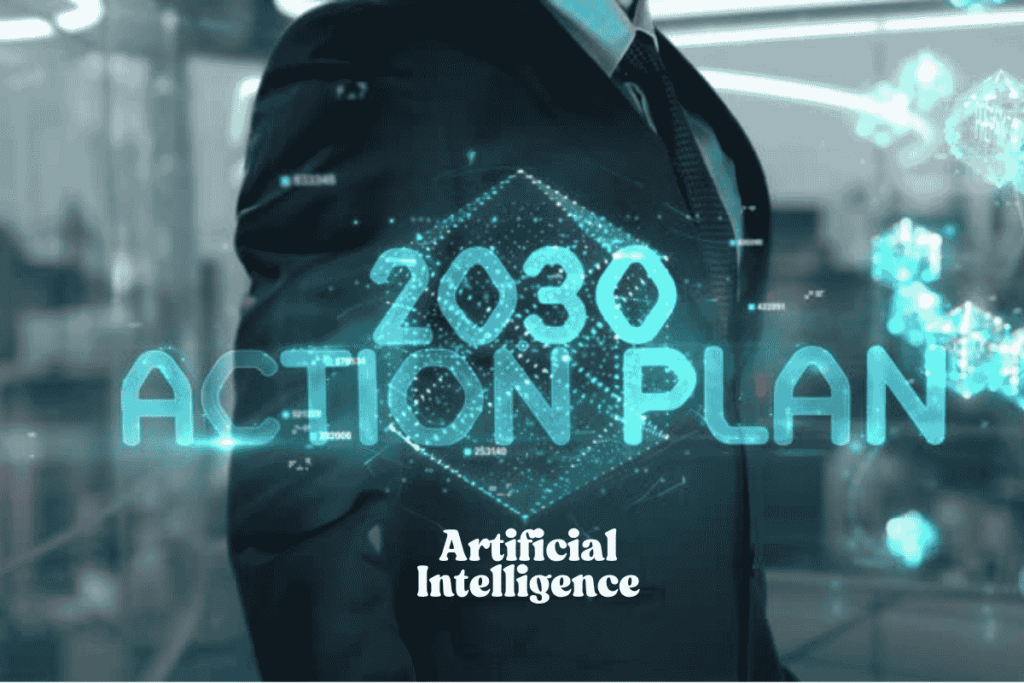
Education & Workforce Prep
Education should give students a strong grounding in STEM, teach ethical thinking, and help them become adaptable to future changes. AI augments our capabilities, so curricula should encourage students to learn in many areas. Providing reskilling support to workers will help them adapt to new jobs in a way that no one is excluded.
Policy and Governance
There needs to be global cooperation from policymakers to ensure AI policies are both innovative and secure. New data privacy rules, more transparency in algorithms and greater accountability must help encourage both research and development. Collaborations between government and private sectors can support AI investment, so that the benefits are available to all.
Public Involvement
People need to understand what AI can and cannot do. It is important that by 2030, citizens have the understanding needed to evaluate new AI technologies and spot situations like bias in algorithms or the use of deepfakes. Being media-literate and using AI training courses enables individuals to use and promote ethical AI use.
Ethical AI Development
AI developers should make sure systems are transparent, fair and accountable as a main priority. When taking advantage of xAI, the AI community can work together and make sure AI is used fairly around the world. Trustworthy AI can only be done with the participation of technologists, ethicists, policymakers and communities.
Conclusion
In 2030, artificial intelligence will present both great possibilities and many difficulties. AI could revolutionize industries, contribute to solving global issues, and contribute immensely to achieving AGI. Yet, using this potential demands that technology be designed mindful of ethics, society,y, and the environment. When we focus on building responsible AI, focus on equity, and put strong governance systems in place, we can take advantage of AI to help benefit people and the environment.
How we react today will affect whether the use of AI unites us or separates more people which is especially important for its future direction. How will we ensure AI serves humanity’s best interests by 2030?
FAQS
1.What makes Artificial General Intelligence (AGI) unique?
In other words, AGI refers to AI as a way of thinking that is logical to humans.
2. By 2030 which sectors are most likely to be greatly impacted by AI?
While AI can handle one-third of tasks today, it will also introduce new types of jobs.
3. Will AI help us find climate change solutions before the start of the next decade?
AI will lead to better models in energy, farming, and the climate.
4. Why do ethical problems arise when people begin using AI?
Errors happen because of unfair choices, the use of personal records, and computers running without human supervision.
5. Could quantum computing help with AI by the end of the following five years?
AI will run better and faster when attached to quantum computers.
